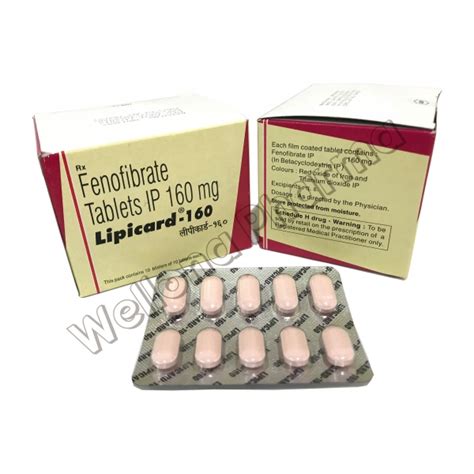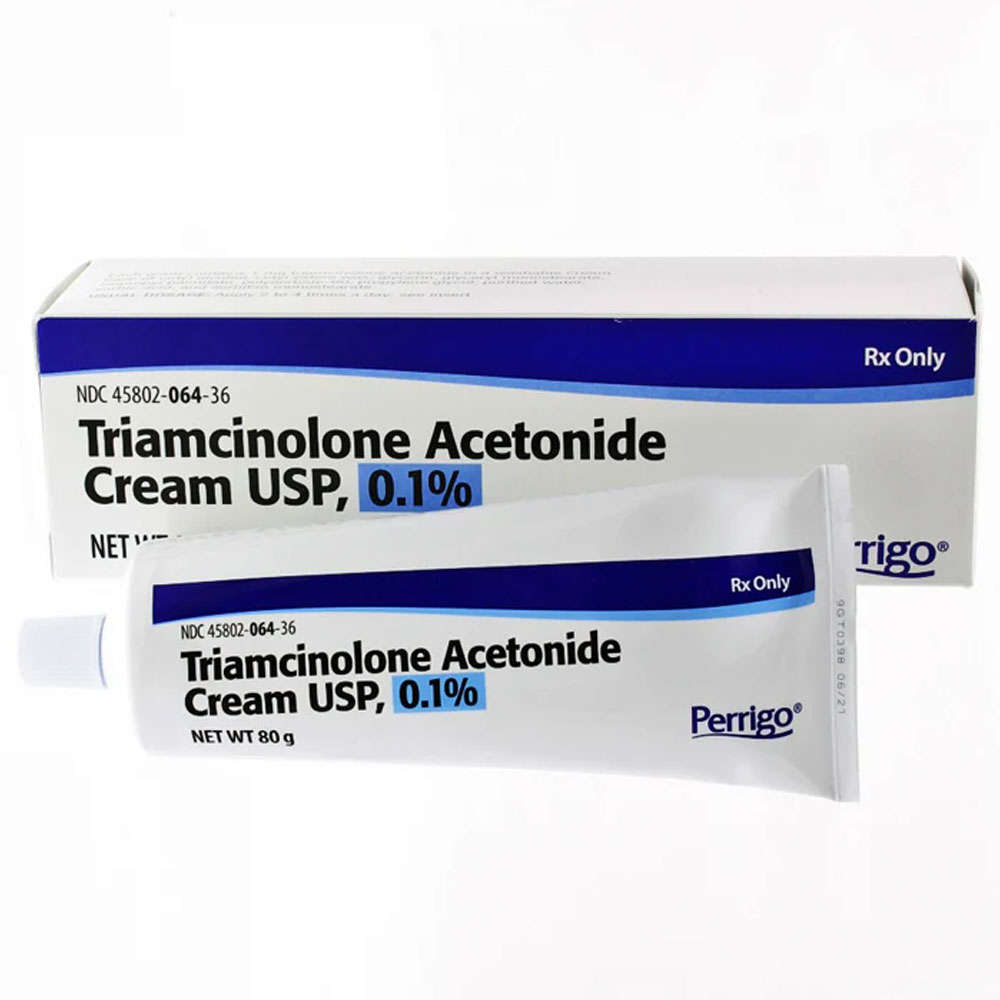Fenofibrate is a medication that belongs to a class of drugs known as fibric acid derivatives or fibrates. It is primarily used to treat high cholesterol and triglyceride levels in the blood, which are major risk factors for heart disease. By reducing the levels of “bad” cholesterol, such as low-density lipoprotein (LDL) cholesterol, and triglycerides, and increasing the levels of “good” cholesterol, such as high-density lipoprotein (HDL) cholesterol, fenofibrate helps to decrease the risk of heart attacks, strokes, and other cardiovascular events.
How Fenofibrate Works
Fenofibrate works by activating a protein called peroxisome proliferator-activated receptor alpha (PPAR-alpha). This activation leads to increased breakdown and removal of triglycerides from the bloodstream. It also promotes the elimination of LDL cholesterol and increases the production of HDL cholesterol. The overall effect is a more favorable lipid profile, which contributes to a reduced risk of atherosclerosis (the buildup of plaques in the arteries) and subsequent cardiovascular diseases.
Uses of Fenofibrate
Hypertriglyceridemia: Fenofibrate is used to treat high levels of triglycerides in the blood. Elevated triglycerides can increase the risk of heart disease and pancreatitis (inflammation of the pancreas).
Mixed Dyslipidemia: This condition involves elevated levels of LDL cholesterol and triglycerides, along with low levels of HDL cholesterol. Fenofibrate is effective in managing these combined lipid disorders.
Primary Hypercholesterolemia: Fenofibrate can be used to lower LDL cholesterol in patients with primary hypercholesterolemia, especially when the condition is accompanied by high triglycerides.
Hyperlipidemia: More broadly, fenofibrate is used to treat various forms of hyperlipidemia, which involve excessive levels of lipids (cholesterol, triglycerides, or both) in the blood.
Benefits and Considerations
- Cardiovascular Risk Reduction: The primary benefit of fenofibrate is its ability to reduce the risk of major cardiovascular events in patients with high lipid levels.
- Improvement in Lipid Profile: By altering the lipid metabolism, fenofibrate improves the overall lipid profile, making it a valuable treatment option for patients with dyslipidemia.
- Safety Profile: Generally, fenofibrate is well-tolerated, but like all medications, it can have side effects. Common side effects include abdominal pain, nausea, and headache. Rare but serious side effects can include liver damage, muscle pain, and increased risk of gallstones.
- Drug Interactions: Fenofibrate can interact with other medications, such as statins (used to lower cholesterol), warfarin (a blood thinner), and certain immunosuppressants, which may increase the risk of side effects.
Patient Guidance
For patients considering or already taking fenofibrate, it’s essential to:
- Follow the prescribed dosage and do not stop taking the medication without consulting a healthcare provider.
- Monitor lipid levels regularly to assess the effectiveness of the treatment.
- Be aware of potential side effects and report any unusual symptoms to a healthcare provider.
- Maintain a healthy lifestyle, including a balanced diet and regular physical activity, to enhance the benefits of fenofibrate therapy.
In conclusion, fenofibrate is a valuable medication for managing high cholesterol and triglyceride levels, offering benefits in reducing cardiovascular risk. However, as with any medication, its use should be guided by a healthcare professional, considering individual patient factors, potential side effects, and interactions with other medications.
What is the primary use of fenofibrate?
+Fenofibrate is primarily used to treat high cholesterol and triglyceride levels in the blood, reducing the risk of heart disease and other cardiovascular events.
How does fenofibrate work?
+Fenofibrate works by activating a protein that leads to increased breakdown and removal of triglycerides and “bad” cholesterol from the bloodstream, while also increasing the production of “good” cholesterol.
What are the benefits of taking fenofibrate?
+The primary benefits include reduction in cardiovascular risk, improvement in lipid profile, and it is generally well-tolerated. However, like all medications, it can have side effects and interact with other drugs.


